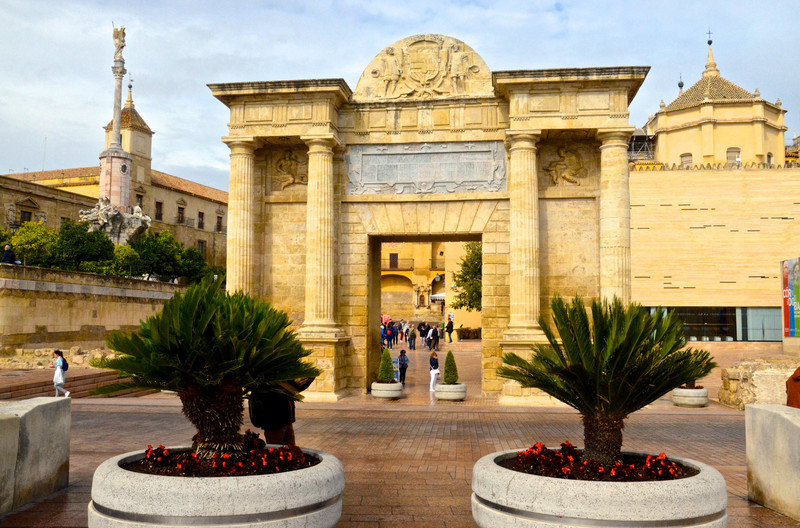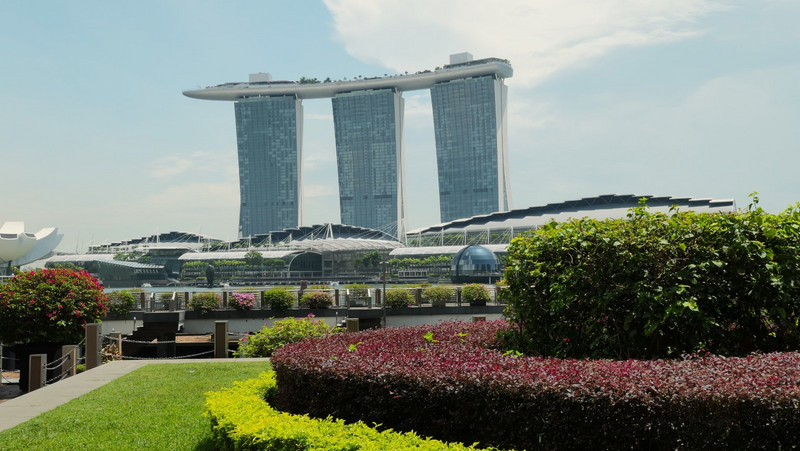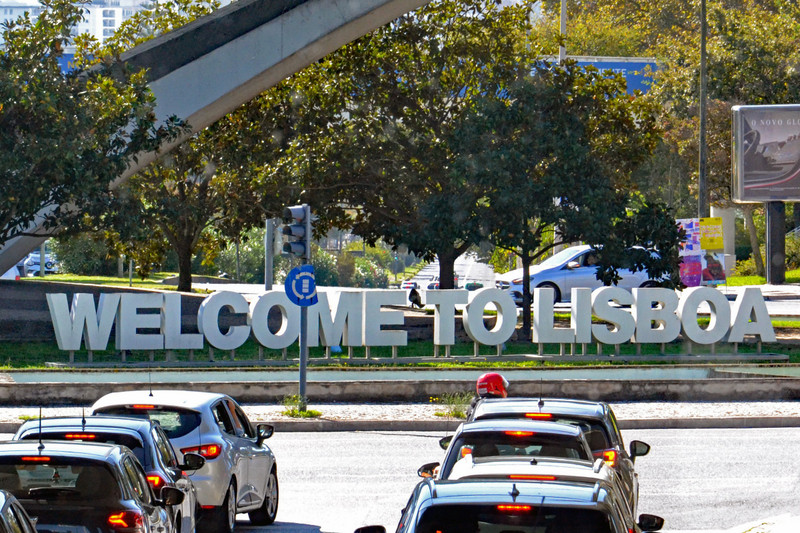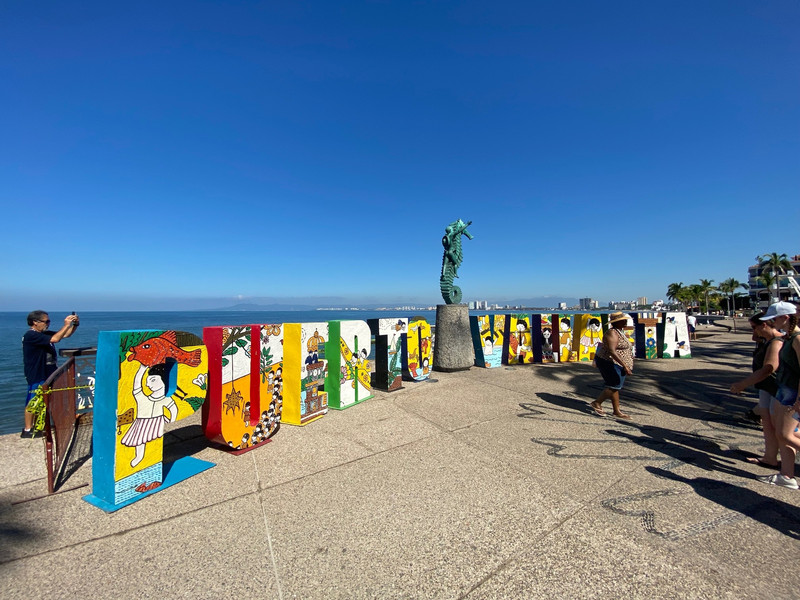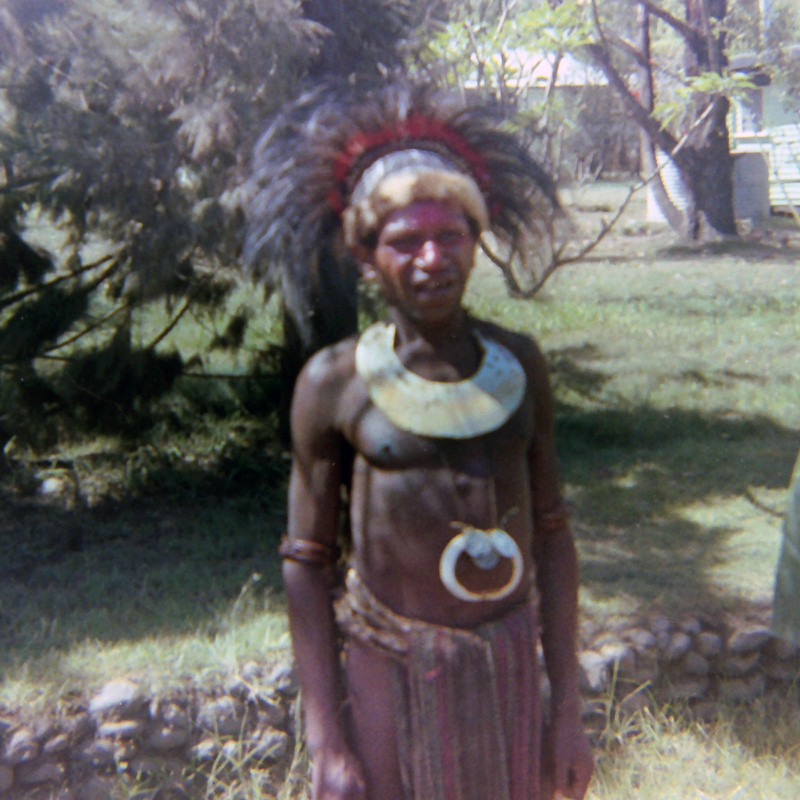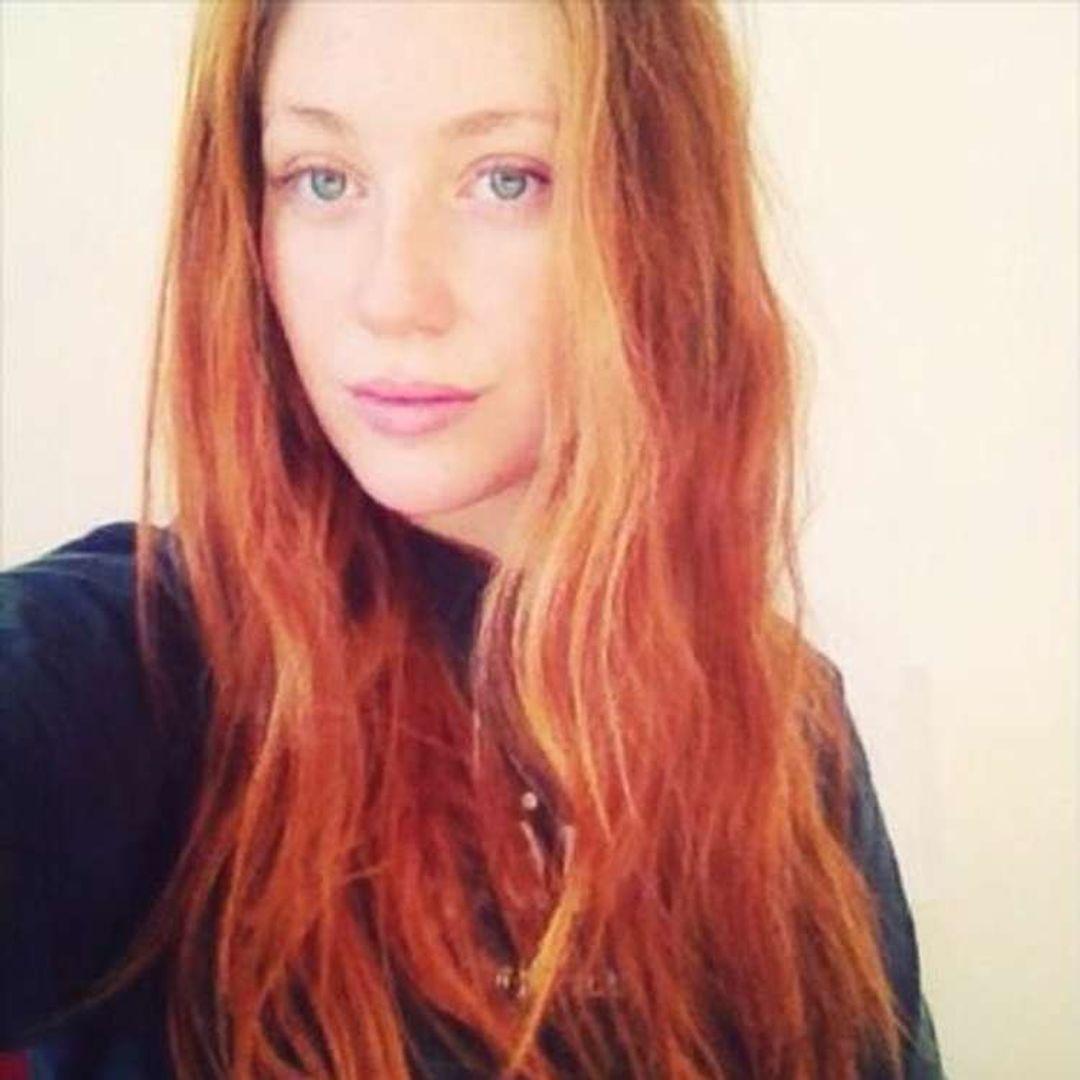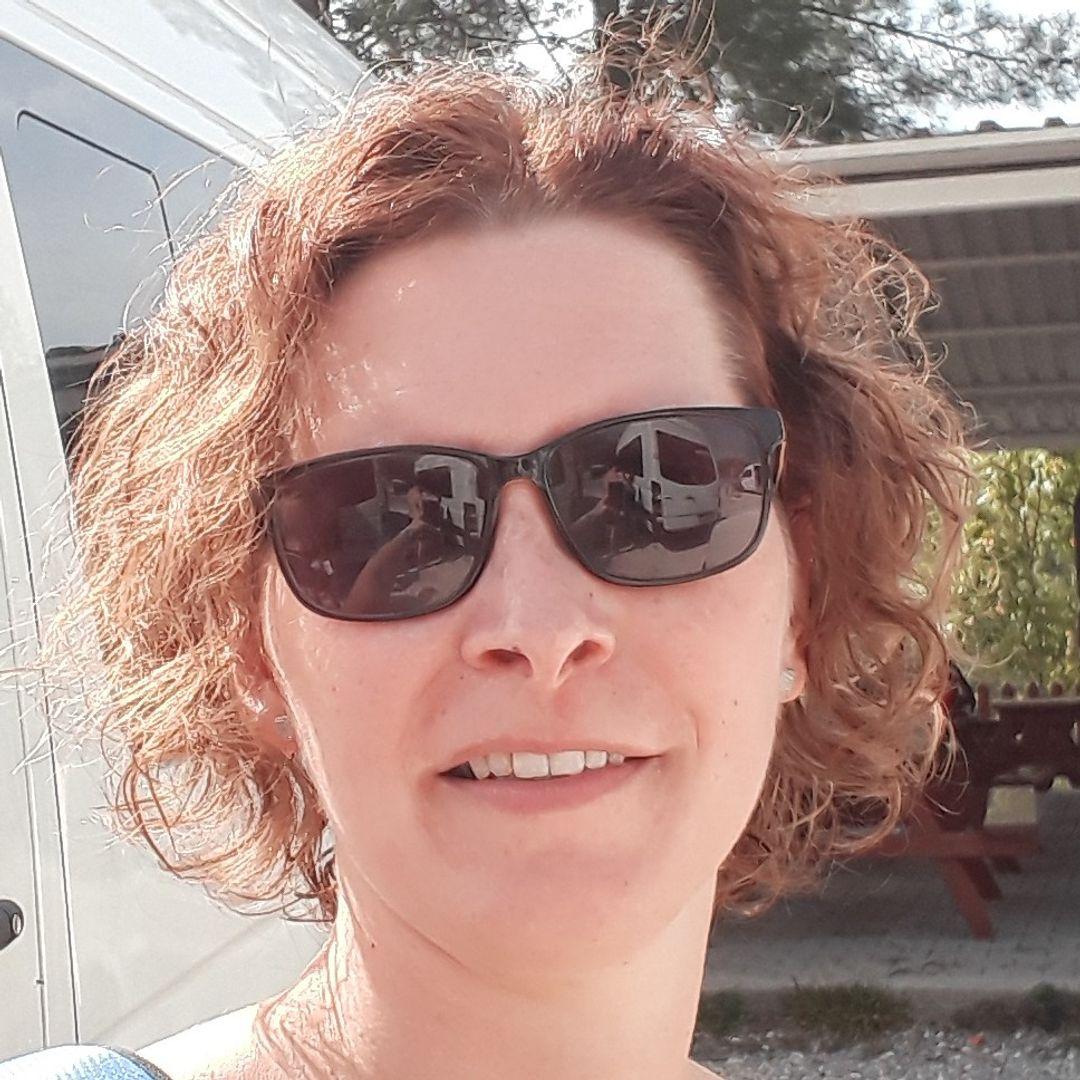After a pleasant night spent at the Cordoba Center Hotel we had time to organize and repack for the next leg, before leaving for a walking tour of the historic center of Cordoba. This unique city was once capital of Islamic Spain. Referred to as Spains historic cultural capital, it is listed as a UNESCO World Heritage Site. We found that Cordoba, like Toledo, is often a study in contrasts: a historic mixture of Moorish, Christian, and Jewish, old and new. A reference to when it was possible for 3 major religions to coexist in harmony. We should take a lesson from this!
Our lovely Vera gave us some historical background of the region which I supplemented with my own research. Once capital of the Western world, Cordoba was founded by the ancient Romans at the highest navigable point of the Guadalquivir River, where it was easiest to ship olive oil, wheat, and wine back to Rome. It was after its conquest by the Moors in AD 711, that the Islamic Golden Age began and the city grew to the largest in the world with more than 150,000 inhabitants at that time Paris and
London were small villages.) It is estimated that Jews lived in Cordoba at its peak. During this period Cordoba reached the height of knowledge and enlightenment as the Moors brought their extensive knowledge and culture to this region including the introduction of libraries and medical studies.Interestingly, around AD 929, the Cordoba region broke away from the Islamic Center, Baghdad, and formed its own independent kingdom, falling into anarchy shortly afterward.
We began our walk through narrow alleys and streets flanked by tall whitewashed houses into the heart of the ancient Jewish Quarter (Juderia) on Calle Judos. It was here that we found a small rather unpretentious building that is one of three remaining medieval synagogues still standing in Spain. Hebrew inscriptions dating from 1350 still cover the high walls. Nearby there is a small square, Plaza de Tiberiades, where we found the Monument to Moses Maimnides, a great rabbi and philosopher who was born in Cordoba in 1138. He was one of the great thinkers and doctors of Jewish Cordoba. The statue portrays Maimnides seated on his tomb. He is buried in Tiberiade, Israel, one of the four Jewish Holy Cities.
Andalusian eye doctor and Islamic literature scholar was prominently displayed in a small square. A highly recognized oculist, he was an expert in the operation of cataracts and other treatments of eye diseases, a remarkable achievement for this age. Born in the 12th century, he had a practice in Cordoba and wrote a treatise on ophthalmology called Guide to the Oculist, and authored The Right Guide to Ophthalmology. He died in 1165. This statue, erected in 1965, celebrates this medical genius 800 years after his death in Cordoba.
Leaving the Jewish Quarter we walked through the very popular Calleja de las Flores, a small street ending in a famous Andalucian square that is bedecked with bright blue pots filled with colorful pink and red geraniums. It is also bedecked with numerous tourists, even in the off season so get there early and hope for sunnier weather than we had.
Today, Cordoba is best known for its most famous landmark, the Mezquita (Great Mosque), originally constructed in 785, it was the mosque in the world. This unique mosque/cathedral is roughly the size of two soccer stadiums. When we entered the Mezquita we were given an excellent brochure
that gave a timeline of world events, a guide describing the wonderful details inside and details of the historic construction of this great museum. The Mezquita was built during the tenth century, while Cordoba was in its glory as the capital of the Moorish kingdom of one of the wealthiest and most powerful cities in Europe. During this sophisticated and unique time Jews, Arabs and Christians all practiced their beliefs without persecution.
